Companies and people fight the future. Inevitability, they come to accept the inevitability of it all!
And in 2023, they are going to do more of that! That’s Trend #3 of my ‘23 Trends for 2023!’
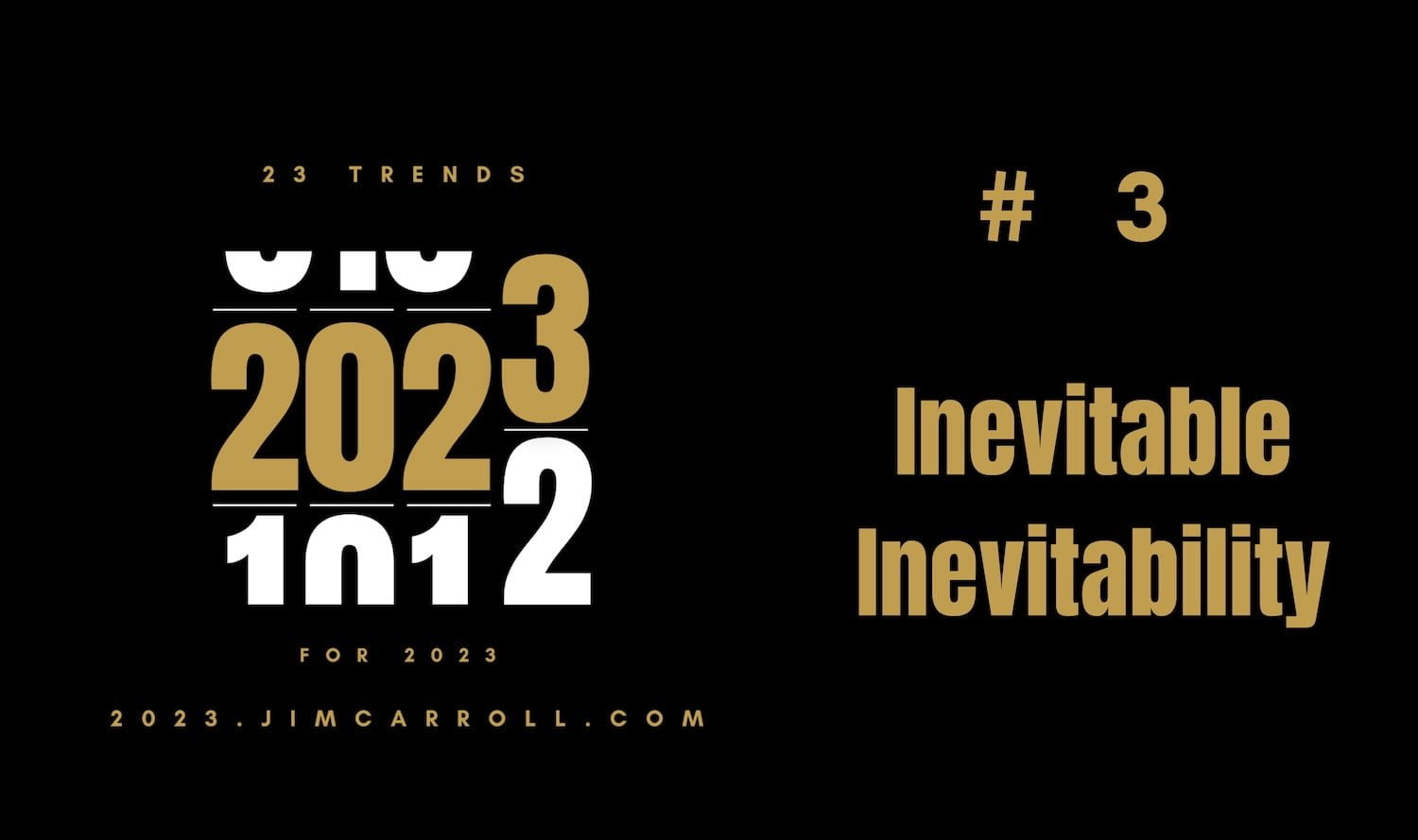
The Backstory
We live in disruptive times. The Internet, technology, and digitization of industries have led to massive change. Every single company in every single industry has to align with new realities – the rapid emergence of new competitors, changes in distribution models, rapid product innovation, and more. I outlined 24 reasons for disruptive change in this video – and today, disruption is inevitable. You can’t avoid it, as much as you might try.
I cover this issue a lot on stage and have been doing so for 30 years. Check the opening slide: “The industry you work in will be unrecognizable in 5 years. The big question is, what are you going to do about it?” That’s what disruption is all about.
The Futility of Fighting the Future
Why is any effort to fight the future futile?
Well, caskets! Watch this video, which carries the theme, “It’s Better to Pursue Business Model Disruption than Business Model Preservation!”
Here’s the story: back in the 1990s, when e-commerce arrived on the scene, someone thought it would be a good idea to allow you to buy a coffin online. The funeral industry fought back — after all, they had margins and business models to protect! Of course, that failed. Today, you can buy a coffin online. (Which begs the question — if you buy it in advance, what do you do with it? Stick it in the living room for now and use it as a coffee table. Used it as a toy chest for the kids?)
Disruption was all around in the early days of the Internet, and entire industries tried to ignore it. Along came Napster, and with it, outright music theft through online sharing. Yet at the same time, folks experimented with business models involving the sale or licensing of music via digital music files. The music industry fought against that — they essentially fought a war against the idea of digital media. How did their battle against the future turn out? Not well — eventually Apple came along with iTunes and a business model that worked. It took a while, but the music companies eventually figured out they had to adapt and align to the future, rather than fight it. Today, Spotify and Tidal own the future of the music industry; record companies, who tried to fight back, play an old, marginal role.
History has a nasty tendency of repeating itself, and legacy companies keep making the same mistakes. So it is with car companies and the massive disruption occurring in the auto industry today. It seems many would still rather fight the future than be a full participant in it. Some are trying to prevent the sale of cars over the Internet (fighting Tesla tooth and nail); by trying to prevent software-based automative updates (so they can take a cut of revenue by doing it in a dealership), or fighting the fact that gas/diesel cars are doomed and electric is the future.
I give you Toyota. LOL. For a time they actually fought the imminent arrival of electric vehicle technology.

Back to coffins. Way back in 2000, someone tried to sell coffins online – and the funeral industry saw it as a threat:
In March 2001, an Internet casket retailer brought suit in the federal district court in Oklahoma, challenging an Oklahoma law that allows caskets to be sold to state residents only by state-licensed funeral directors. Last month, the FTC filed an amicus brief in support of the online retailer. The suit, Powers v. Harris, is ongoing.
The funeral industry suggested only they – being properly licensed, accredited, approved – had the expertise to sell coffins. Today, car companies and automotive dealers are arguing the same thing when it comes to Tesla selling cars directly online – ‘it should not be allowed.‘ There are countless other examples – music companies tried to preserve a dying business model for decades. These efforts are almost always doomed to fail. And it raises a valid point – far too many industries try to preserve their existing business model in the face of business model disruption. They don’t understand that it’s not about ‘preservation,’ and that their efforts are pretty much guaranteed to fail. The same thing is happening today with efforts by Tesla to sell cars online.
Coffins? Heck, you can go to Costco and do it online!
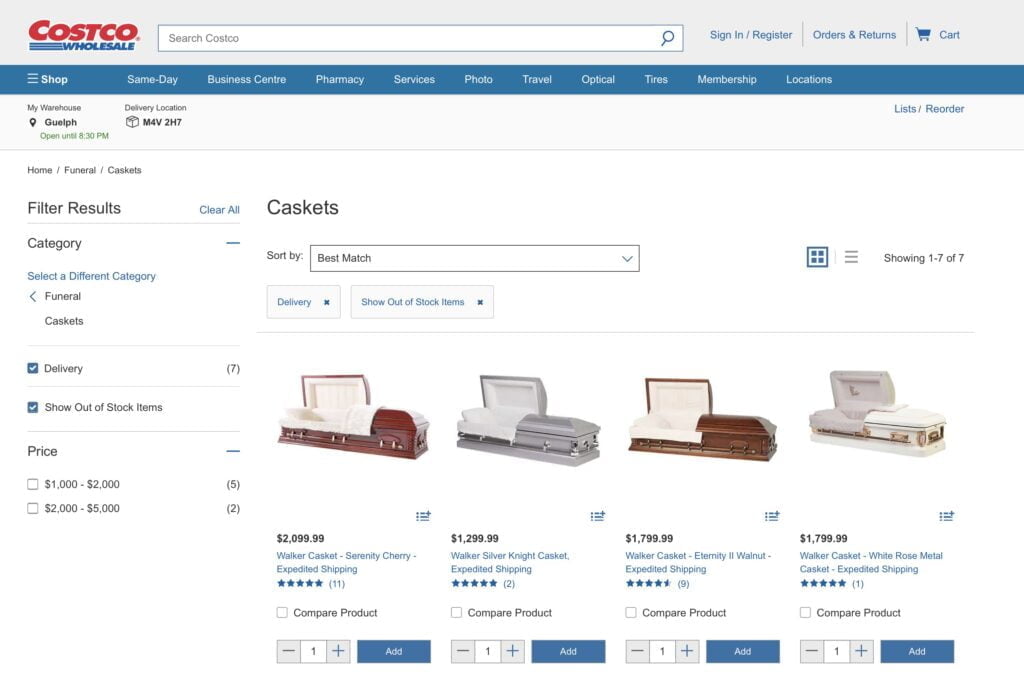
If preservation is your mindset, you might want to check your assumptions, because you’ll probably find your idea soon to be embalmed.
The funny thing about the future is this: it happens, whether you like it or not. It’s better for you to participate in it rather than fight it.
Certain Things Are Certain!
While many companies in many industries tend to fight the inevitable change that is going to occur in their industry, in the long run, have to give in.
The interesting thing about inevitability is that takes a long time for people and companies to accept the ‘inevitability’ of it all! Back in the ’90s, I wrote 34 books about the Internet and its impact on business with my co-author Rick Broadhead. They covered a vast range of issues – including the future of healthcare, investing and wealth management, politics, and government and business. One of my favourite books that we put together at that time came out in 2000 which we gave the title “Light Bulbs to Yottabits: How to Profit by Understanding the Internet of the Future.” (Insert joke: Said Noah, ‘What’s a yottabit?’ I’ll cover that in a forthcoming 2023 trend!)
While preparing today’s inspiration, I went back and looked at the research notes that Rick and I shared as we pulled that book together, and in the ‘business’ section of the book we started out with this list. This is what we predicted twenty-two years ago with respect to how the world of business would change in the future.
The 18 Driving Principles of the New Economy
- The balance of power will shift in the customer’s favor
- Buyer-driven pricing models will emerge.
- Local monopolies will lose control over their markets.
- Manufacturers will compete with their channel partners.
- Manufacturers will lose control over their distribution channels.
- The Internet will redefine branding.
- Mass customization will proliferate.
- Customer expectations will rise.
- Middlemen will be disintermediated by intermediaries.
- Customers will become loyal to online brands.
- Comparative shopping will empower customers.
- Business-to-business commerce will have the greatest economic impact.
- The speed of business will accelerate.
- Third-party infomediaries will take control of the selling process.
- Virtual firms will gain market share at the expense of traditional businesses.
- Today’s money-losing customers will be tomorrow’s cash cows.
- Analytic merchandising will revolutionize one-to-one marketing.
- Digitization of *everything* will happen.
Wow! Were we ever right! We absolutely nailed our predictions – I don’t mind giving us a pat on the back because every single one of these trends has happened – or is well underway. And yet, given how old that list is, it is clear that even today, many companies and the leadership team that manages them still refuse to accept them as reality.
Until it becomes, well, inevitable. And 2023 will see an acceleration of inevitability, for a variety of reasons.
Trend #3 of 23 Trends for 2023? All the signs are there that this will be a year that involves the imminent acceptance of the inevitability of the future in several industries, including automotive and energy. Auto companies are finally accepting they have to make bold moves to solidify a direct-to-purchase business model, slowly eliminating and transforming the dealer model. Energy companies are coming to accept the reality of the implementation of small community energy micro-grids based on renewable sources after many years of regulatory battles. But let’s explore each in more depth.
Drilling Down – Channel Partner ‘Disintermediation’
For as long as there has been business model disruption, there has been the idea of ‘disintermediation.’ We wrote that into our book 22 years ago:
Businesses Will Compete With Their Channel Partners
With online retail sales in North America expected to top $75 billion by the year 2003, no one wants to be left behind. And no group is more eager to cash in on the growth in online shopping than manufacturers, who have traditionally had to rely on retail partners to sell their products to consumers.
Lured by the ease of online selling and the prospect of higher profit margins, many manufacturers are bypassing their retail channel partners and are choosing to sell directly to consumers over the Web.
….
Such efforts often cause rather tumultuous relationships within an industry, as established dealers struggle to deal with the situation. A good example of an industry that faces the biggest challenge in this regard is the auto-industry. Ford, GM, Chrysler and every other manufacturer knows that they can easily sell cars on their own Web sites. They are aware that there are probably sufficient numbers of consumers to make such an effort very worthwhile.
Yet they also know that undertaking this type of activity is going to cause some rather extreme disruption with the auto dealers who represent them. Hence, they are moving carefully to assess how to best go about doing it.
It isn’t an easy issue to deal with, given that a business can damage itself if it moves too quickly to compete against its dealers. Take the insurance industry: there are many insurance agents and brokers who represent a variety of insurance companies. They are in a situation in which they can pick and choose which companies they will represent. CEOs of insurance companies are rightfully worried that if they start selling insurance through the Internet, they will upset a number of their representative agents, who might then choose to place their policies elsewhere. A company can decide to start selling online, and watch its traditional business evaporate almost overnight.
Hence, suppliers of product in every industry are faced with a conundrum : they must get involved with e-commerce in order to deal with empowered consumers. Yet, they must do so in a way that doesn’t cause upset and upheaval within their current distribution base.
Everywhere you turn, you can see situations in which suppliers or manufacturers of products are wrestling with the issue. Some have bit the bullet and have clearly chosen to compete directly with their channel partners
Twenty-two years in, it’s pretty clear that the automotive industry is still struggling with this issue. And yet, it seems pretty clear that the CEO of Ford, Jim Farley, recognizes that the time is finally ripe for this type of change.
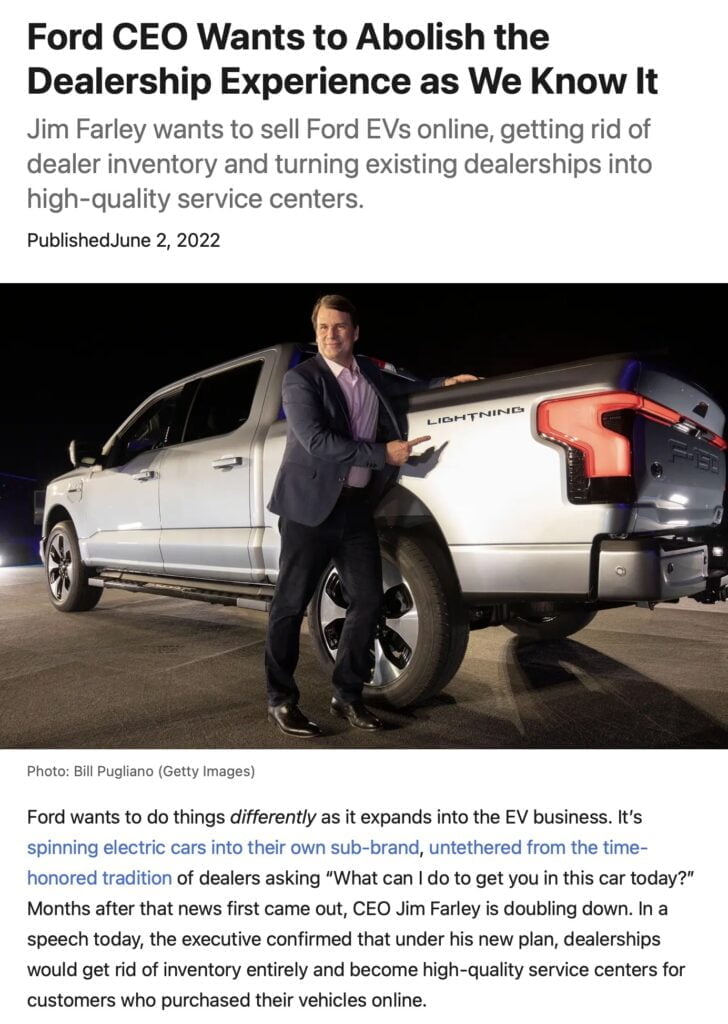
Ford is doing several things: requiring auto dealers to invest in adequate electric charging infrastructure, committing to significant training in this new automotive and truck platform, and going forward with a no-haggling set price for electric vehicles. Not surprisingly, there is tremendous pushback by various automotive dealer groups, and political pressure by various state legislative bodies brought about as a result of pressure by those groups.
And yet, certain things are certain, and it seems pretty clear that he (and other automotive manufacturers) recognize the inevitability of where the automotive industry is headed.
Drilling Down – Energy Utilities and Microgrids
The same thing seems to be happening in the energy utility sector. The future seems clear – renewables (solar and wind) will dominate future grid architecture as carbon enters an era of inevitable decline. Small-scale community micro-grids become common as we transition from a world of big, centralized power plants, to hundreds of thousands of small generation platforms.
I covered this issue in a custom video I did for the CEO of PG&E a number of years ago:
It’s pretty clear to many that the future of the utility industry involves a lot of what we call micro-grids – small community grids based on renewable energy and batteries, combined with electric vehicle battery storage; I describe the fundamental change that is underway in this video:
And yet, in the last several years, many many traditional utilities fighting this future, such as seen in this article:
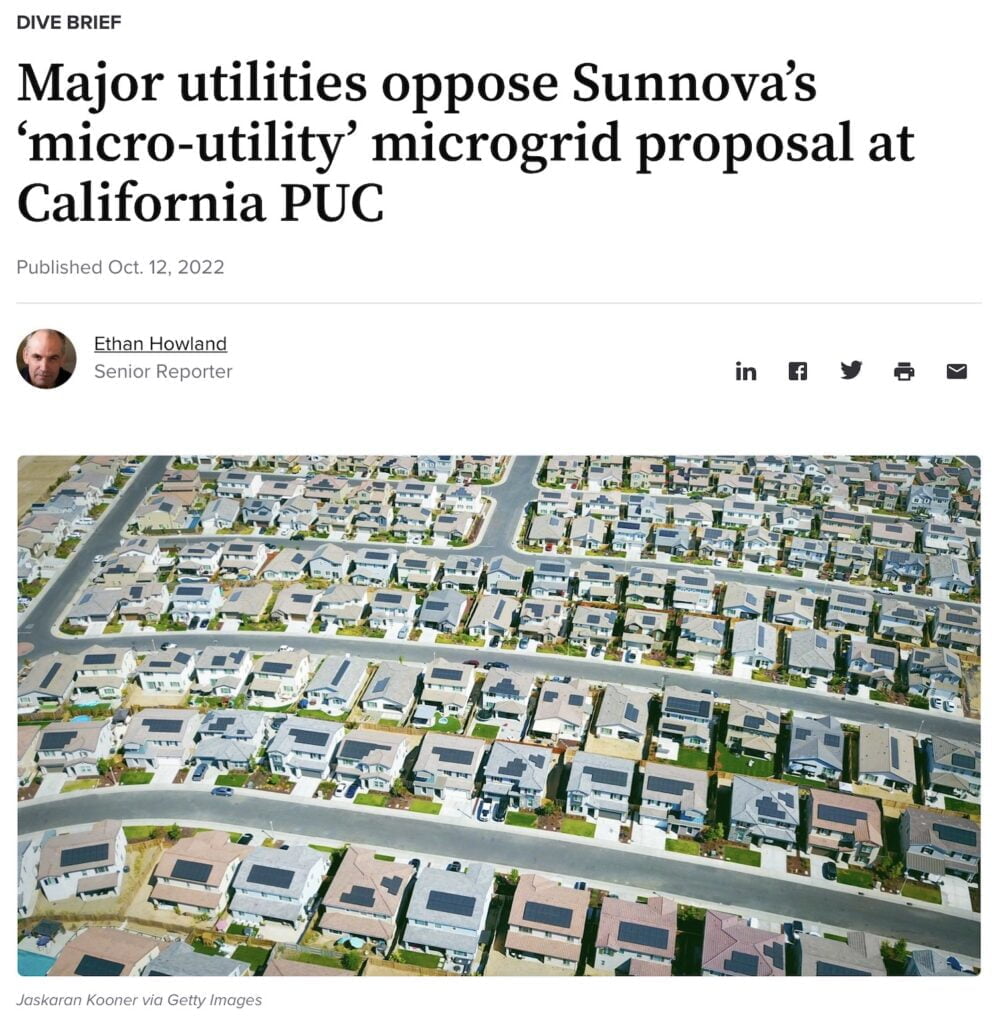
It certainly makes for very interesting reading!
Dive Brief:
California’s investor-owned utilities — Pacific Gas & Electric Co., San Diego Gas & Electric Co. and Southern California Edison – oppose Sunnova Energy International’s proposal to build micro-grids in new residential communities, according to filings released Tuesday by the California Public Utilities Commission.
California lacks rules for “micro-utilities” like those Sunnova is proposing, the utilities told the PUC in separate filings, noting the commission has an ongoing rule-making process on micro-grids that could set rules for commercial micro-grids.
The Utility Reform Network, the Public Advocates Office at the CPUC, the Coalition of California Utility Employees, the Sonoma Clean Power Authority and the Peninsula Clean Energy Authority also opposed or protested the proposal, while the California Solar & Storage Association supports it.
This is pretty much just like the type of thing that was happening back when music companies were fighting the inevitability of digital music; car dealers the selling of cars online; insurance brokers fighting the sale of insurance online; and more.
Yet certain things are inevitable in the energy sector – I’ve spoken at many industry events outlining the nature of the change that is underway – here’s a promotional clip for a group known as the National Rural Electrical Coop.
But I am getting a real sense that in 2023, this type of opposition is breaking down with many utilities, particularly as the technology of small grids accelerates, battery storage matures, and V2G (vehicle-to-grid connectivity) becomes very, very real. 2023 is a tipping point!
And Yet….
Even as progress is made, some still fight the future.
As if on cue, while writing this post, my Tesla Model 3 received a software update. My phone popped up with a message that an OTA – over-the-air – update is available. “Would I like to install it now?” it asked. So while I write this, my car is receiving a new base set of software; there might some new features, some bug fixes, and some additional upgrades. It’s a common thing – I think I’ve had about 45 such updates since I got the car in 2021 My car has become just like my iPhone – and in fact, most cars will be like this within 10 years or less.
This is why the fact that West Virginia automotive dealers association wants to ban such a thing. You see, they want to make sure that only the dealer can do such an upgrade at the dealer location (so they can receive a cut.) They also want to ban the sale of cars on the Internet. It’s a staggering display of disruptive denial, if not downright stupidity. They deserve to fail and ultimately will, despite the passage of any law – there is no point to this than to try to provide life to a dying, old, increasingly irrelevant business model.
Sigh.
Let’s be clear about the future. In the new automotive industry that is unfolding, automotive dealers are pretty much irrelevant. We’ll buy our cars online; there will be little maintenance required with the elimination of the internal combustion engine, and they’ll be tethered to the world through the software that provides their performance. There is little role for the traditional automotive dealer to play in the process – they are the CD to the MP3.
Sadly, we will see petty little skirmishes of denial like this unfold all around us in many different industries, and guys like me will silently scream at the futility of it all. But this is what happens when a group within an industry is blind to their reality, oblivious to trends, and delusional about their future. Business models are changing, and if you don’t believe it and adapt, it will cost you your relevance going forward.
And I think that is what Jim Farley, the CEO of Ford, and similar executives in the automotive industry and other industries have come to understand: the inevitability of inevitability!
In essence, they are developing an appetite for disruption! And that’s why this is a key trend to watch for 2023!
A Summary from an AI chatbot
This being a post about 2023, I decided to close this trend by asking an artificial intelligence system about all this!
Q. Why do companies avoid business model disruption?
A. Companies avoid business model disruption because it can be costly, risky, and disruptive to their current operations. Business model disruption requires a significant investment of resources, and can involve changing core processes, products, or services. It can also create new competitors, threaten established customer relationships, and require a major shift in organizational culture.
Q. Will we see any change to this in 2023?
A. It is difficult to predict what changes will occur in the business world in 2023. Companies may continue to be hesitant to disrupt their current business models, as the risks involved are often too great. However, with the rise of technology, companies may become more open to experimenting with new business models in order to stay competitive and remain profitable.
Q. What is the best strategy they should pursue to align to the reality of business model disruption?
A. The best strategy for companies to pursue in order to align to the reality of business model disruption is to adopt an agile approach. This involves staying open to innovation, being willing to experiment with new business models, and continuously adapting to changing market conditions. Companies should also focus on developing a culture of collaboration and experimentation, as this will help ensure that new ideas are tested and implemented quickly. Additionally, companies should ensure they have the resources and skills in place to support the transition to a new business model.
So for 2023 – the future is clear! Get moving – artificial intelligence is telling you so!



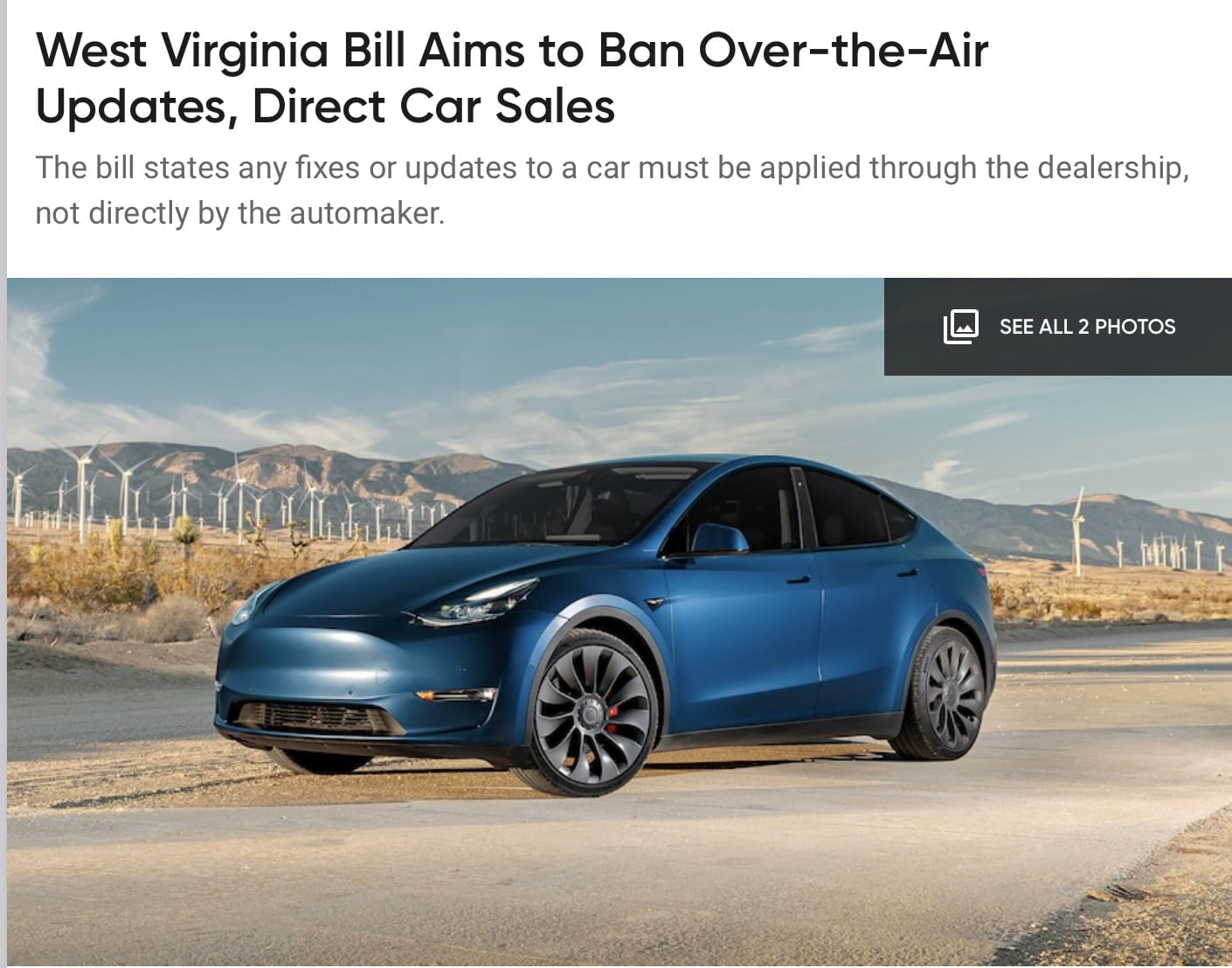


GET IN TOUCH
Jim's Facebook page
You'll find Jim's latest videos on Youtube
Mastodon. What's on Jim's mind? Check his feed!
LinkedIn - reach out to Jim for a professional connection!
Flickr! Get inspired! A massive archive of all of Jim's daily inspirational quotes!
Instagram - the home for Jim's motivational mind!